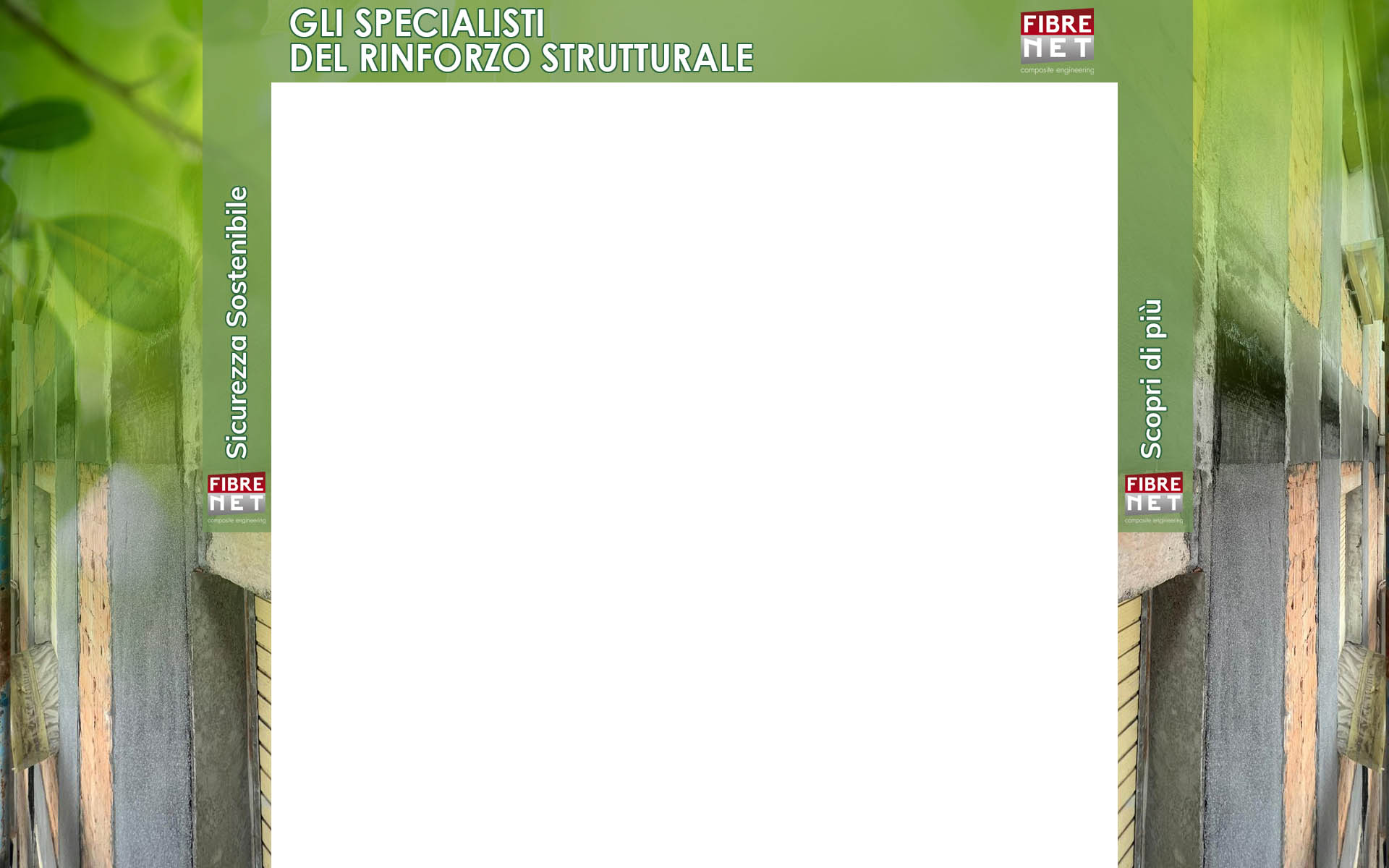Probabilistic seismic hazard assessment at a strategic site in the Bay of Bengal - A6
Atti del XV congresso ANIDIS 2013
Probabilistic seismic hazard assessment (PSHA) along the route of an offshore pipeline for the transport of oil in the Bay of Bengal has been performed. The complexity of geological and seismotectonic setting of the region where the pipeline is planned to be installed, is the result of the interaction of the Indian, Eurasian and Burmese tectonic plates. In order to properly account for the intricate way by which these plates interact, a large area extending 450 km from the pipeline route has been considered for the compilation of a comprehensive earthquake catalogue, spanning the period 1663 – 2012 AD. Differently from earlier PSHA analyses conducted in the region based on assuming two-dimensional polygons as seismogenic provinces, this study adopted a seismotectonic source model which also includes for the first time a linear tectonic lineament representing the northward extension of the Sunda mega thrust, responsible for the large Sumatra-Andaman earthquake of December 2004. Hazard computations have been performed over a grid of sites spaced 0.045 degrees covering a rectangular area which contains the pipeline. Epistemic uncertainty in the hazard computations has been taken into account by a logic tree framework, incorporating different seismotectonic source models, maximum cut-off magnitude and ground-motion prediction equations. Horizontal median uniform hazard spectra and median uniform hazard spectra plus and minus one sigma on stiff ground have been calculated at the selected sites for different return periods. The final goal is the characterization of the area in order to set up design parameters and possible geohazard identification.
Per scaricare il contenuto integrale è necessario essere Socio Anidis, scopri come associarti



